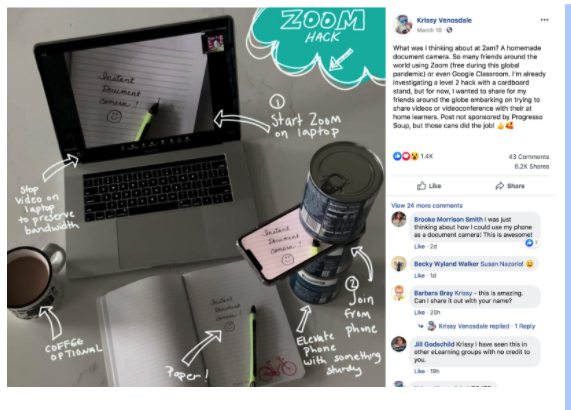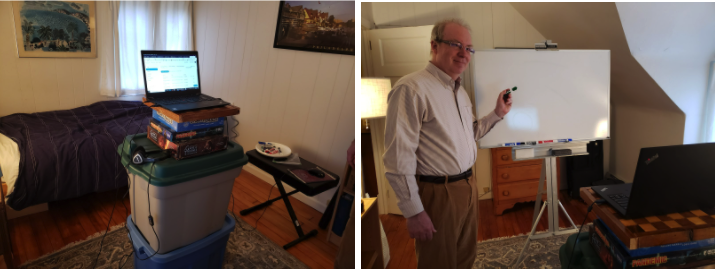Zoom is available to all Haverford community members, and allows users to video conference with people either in large groups or in smaller sessions. Zoom also has the ability to record your meetings online and add captions, if you want to do more formal presentations that you can then share afterwards via Moodle.
Pros: Available to everyone with a haverford email address, can be used with anyone as long as the ‘Host’ has a licensed account, allows for interaction with participants to be a part of the recording, if that is important to you. Provides meetings transcriptions, which can be downloaded as caption files.
Cons: Limited long term storage space, you will have to download the recording after it is available and upload it to Box.com, Google Drive, or Moodle if you want to hang on to the recording. Limited to no editing capabilities.
Note: Starting September 27, 2020, Zoom will require a password for all meetings. See this explanation from IITS.
Expert: Alex Savoth, Charles Woodard

